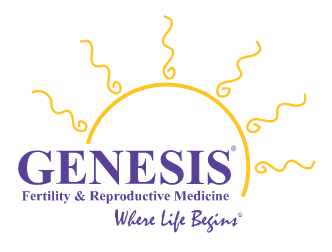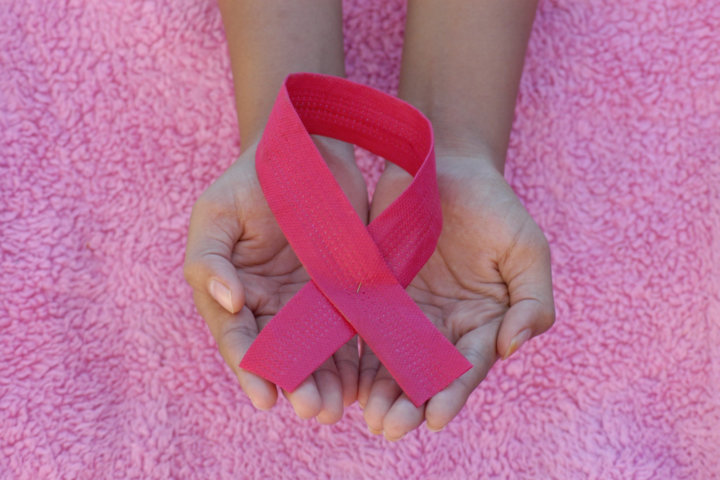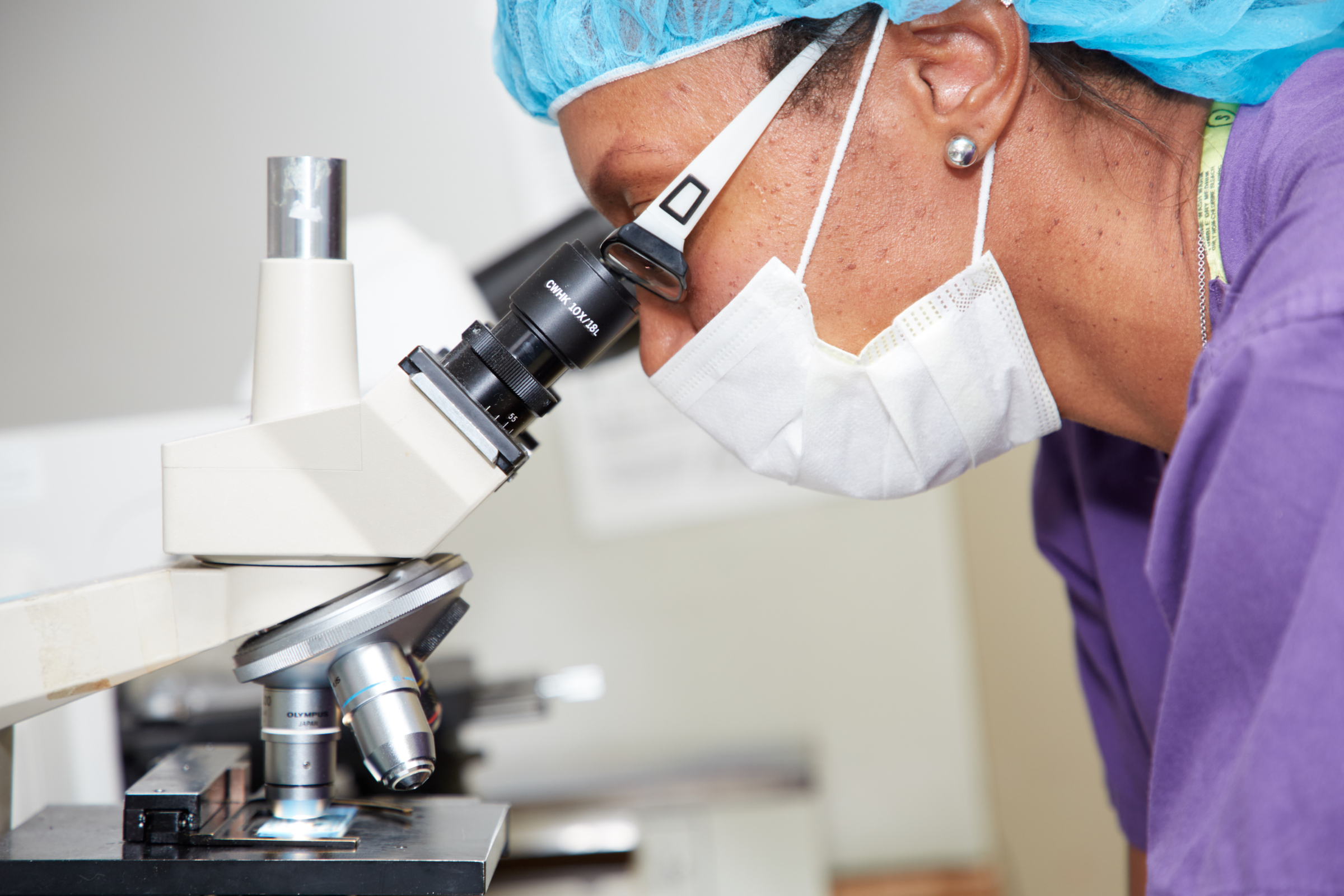 According to the National Cancer Institute, as of January 2019, there were an estimated 16.9 million cancer survivors in the United States. The number of cancer survivors is projected to increase to 22.2 million by 2030.
According to the National Cancer Institute, as of January 2019, there were an estimated 16.9 million cancer survivors in the United States. The number of cancer survivors is projected to increase to 22.2 million by 2030.
With early detection and rapidly improving treatment options, afflicted men and women live substantially longer than they have in the past. Approximately 77% of reproductive aged patients with cancer now live at least 5 years after initial diagnosis and treatment. The challenge is that the cancer treatments that save their lives, such as chemotherapy, radiation and surgery, can be detrimental to their reproductive systems, raising a whole new set of fears and issues.
Oncofertility merges the fields of cancer and reproductive health. It was developed to help patients whose reproductive health may have been diminished by the treatments used to manage their cancer.
Women and Cancer
Of the 700,000 cases of cancer diagnosed a year in the U.S., 10% are in reproductive aged women. This means that there are more than 70,000 women diagnosed with cancer every year who may be considering having children. The Oncofertility Consortium is a nationwide initiative that was developed by Dr. Teresa Woodruff in 2006 to address the complex issues that young cancer patients face.
The combination of improvements in cancer treatments, delayed childbearing and advancements in reproductive medicine has allowed the field of oncofertility to emerge as a crucial specialty within reproductive endocrinology.
Consider the Facts
The most common cancers in all women are breast, lung and colon cancer. But the most common cancers in reproductive aged women are breast, uterine, ovarian and cervical cancer. Breast cancer is the most common cancer in women, and 15% of women who are diagnosed with breast cancer are under the age of 40. Fortunately, the mortality from breast cancer is low, especially with early diagnosis. This makes women of reproductive age with breast cancer a particularly important group when it comes to fertility preservation. They are the largest group of cancer survivors who, in the middle of their reproductive years, find themselves infertile due to the gonadotoxic effects of the therapies used to save their lives.
According to the CDC, a study in 2014 found that the age of a woman at her first birth in the United States is at an all time high of 26.3 years of age. For the modern woman, therefore, quality of life issues, and particularly maintaining fertility, have become extremely important. Unfortunately, many women have not yet started or completed their families when they are diagnosed with cancer. Yet, due to the advances in cancer treatments, they can expect to live long, productive lives. Predictably, women who are newly diagnosed with cancer are increasingly interested in preserving their fertility.
How Many Eggs Do Women Have?
A woman is born with all of the eggs that she will ever have. By 20 weeks after conception, a female fetus will have 6 million eggs (oocytes), which is the maximum she will ever have. From then until birth she will have the greatest rate of loss and will be born with only 1 million eggs. At puberty, the number of eggs will further decline to 300,000. A woman will normally ovulate between 400-500 eggs during her lifetime which is < 0.1% of her initial egg supply. In addition to the loss of eggs with ovulation, she will lose eggs naturally through a process called atresia, in which eggs naturally undergo programmed cell loss throughout her life. Atresia and ovulation continue such that, by the time of menopause, she will have essentially no eggs left. Around this time, the periods become irregular until menstruation eventually ceases.
How Cancer Treatments Affect Fertility
We know that reproductive potential and fertility are related to the number of eggs that remain in the ovary. Even before menopause, while she continues to menstruate regularly, a woman may be considered subfertile or infertile if she has a low egg supply, or so-called diminished ovarian reserve. Likewise, a woman will have an easier time becoming pregnant, with decreased time to achieving pregnancy, if she has a greater ovarian reserve (i.e. a larger number of eggs remain in the ovary).
Cancer therapies can further accelerate this natural rate of atresia (or oocyte loss). If a young pre-pubertal girl is exposed to gonadotoxic therapy prior to puberty, she may fail to undergo normal puberty and suffer from what is called “pubertal failure.” In addition, a woman in her late 20’s or mid-30’s who may not have had a difficult time becoming pregnant prior to chemotherapy or radiation might have accelerated loss of eggs after such treatment and therefore may become subfertile or infertile.
If the injury to the reproductive system is very significant it can also lead to premature menopause (which is cessation of menses prior to the age of 40) or early menopause (prior to the age of 51 or 52).
Age Matters
The later in life a woman is exposed to such therapies, the more likely they are to have an impact. When a woman suffers from early menopause or significant loss of ovarian function, she may not only become infertile but may also suffer from some of the other effect of early menopause such as cardiac disease, diminished cognitive function and osteoporosis. Managing these issues as well as the other reproductive concerns such as pubertal failure and premature menopause are of paramount interest to reproductive physicians who specialize in oncofertility.
Before Treatment: Fertility preservation
Since infertility can be an unfortunate consequence of many of the chemotherapeutic and radiation therapies, there has been an extensive effort to develop fertility preservation techniques that can be offered to patients before they undergo such treatments. The most established (non-experimental) fertility preservation techniques involve embryo freezing and egg freezing (oocyte cryopreservation) for women and sperm freezing for men. Some of the less established (experimental) techniques involve ovarian tissue freezing with either orthotopic or heterotopic transplantation (see below) after the cancer treatment is complete.
There is also research now being done on exploring ways to retrieve immature follicles and eggs from ovarian tissue that has been surgically removed and frozen prior to exposure to chemo or radiation therapy. The goal is to grow these eggs in the lab and allow them to mature to a stage at which they can then be fertilized and used for later implantation. Reproductive specialists can also administer GnRH agonists, injectible medications used to create a state of temporary menopause. By putting the follicular supply at rest, the strategy is to minimize the toxic effect of cancer therapy (Del Mastro et al, 2011).
Embryo Freezing
Embryo cryopreservation has been an integral part of in vitro fertilization (IVF) for over 35 years. Traditionally, an infertile couple who undergoes a cycle of IVF can have their excess embryos frozen for use at a later point in time. The first live birth after embryo cryopreservation was in 1983 (Trounson & Mohr, 1983). In this technique, a woman undergoes controlled ovarian stimulation using injectible natural gonadotropins that stimulate the development of multiple oocytes. These medications are administered for an average of about 10-14 days. She then undergoes a minimally invasive surgical procedure in which the eggs are extracted and allowed to fertilize with sperm. In standard fresh IVF cycles, those embryos are put back a few days after the retrieval. Excess good quality embryos are usually frozen in the lab and transferred to the uterus at a later point in time.
Data from fertility clinics nationwide demonstrate that the chances of pregnancy after a frozen embryo transfer is similar although slightly less successful (approximately 5% less) than the chances of success after a fresh embryo transfer (2010 SART statistics). However, this decreased success compared to fresh embryo transfer might be due to the fact that the best embryos are usually transferred first in the fresh cycle and the next best embryos are frozen for later use in standard fertility practices. Therefore, when used for fertility preservation purposes, embryo cryopreservation will likely lead to similar success rates when compared to fresh embryo cycles.
Egg Freezing
Another technique that has been deemed by the American Society for Reproductive Medicine (ASRM) as non-experimental is the freezing of oocytes for later use. In order to freeze eggs, a woman undergoes a similar process to that described above for embryo freezing. However, instead of freezing fertilized eggs (i.e. embryos), the eggs are frozen in an unfertilized state with the intent of fertilizing them with sperm at a later point in time after they are thawed. This technique is especially useful for young women facing gonadotoxic therapies who do not yet have a male partner (and who may not be interested in using a sperm donor with which to create embryos). It allows for reproductive autonomy because a sperm source is not needed and the eggs can be frozen for multiple years until the woman finds a suitable male partner or a sperm donor.
The first birth using frozen eggs was in 1986, but this technique developed slowly for a variety of reasons. One is the fact that the egg has very high water content and is thought to be more susceptible to the damage that crystal formation may cause during the freezing and thawing process. However, when using the newer vitrification (rapid freeze) technique, as opposed to the older slow freeze technique, success rates have been similar to those found in frozen embryo cycles. (Cobo et al, 2010). As of 2009, there were a total of approximately 1,000 live births in the U.S. that resulted from frozen eggs using both slow freeze and vitrification methods. In addition, data is reassuring in that there does not appear to be an increased risk of congenital anomalies in babies born from frozen eggs compared to the general population (Noyes, et al 2009).
Experimental fertility preservation techniques
Some other experimental treatments include freezing portions of ovarian tissue for use at a later point in time. This option is really the only one available to pre-pubertal girls, since the above described techniques require gonadotropin stimulation of eggs, which is ineffective prior to puberty. In addition, women who are diagnosed with cancer, who do not have more than a day or two before they need to proceed with their cancer treatment, can proceed immediately with ovarian tissue cryopreservation.
Prior to gonadotoxic chemo or radiation therapy, a woman or young girl can undergo a minimally invasive laparoscopic procedure in which a portion of ovarian tissue is excised. This tissue can be frozen and retransplanted at a later point in time using similar techniques. The tissue can be transplanted back to the ovarian tissue (orthotopic transplantation) or to another part of the body (heterotopic transplantation). It is thought that the tissue that was not exposed to the gonadotoxic treatments may function better and result in the development of follicles and oocytes that can then be fertilized in vivo (in a woman’s body). There are about 30 reported live births that have resulted after orthotopic ovarian tissue transplantation (Silber, 2012).
In addition to retransplanting the tissue, there is the potential to take the tissue and remove follicles and eggs and freeze them for use at a later point in time. This latter option would avoid the potential risk of reseeding cancer cells and may also potentially increase the number of eggs retrieved. Developing this technology is one of the primary focuses of the oncofertility consortium and many basic scientific breakthroughs have been made. However, this is still in the experimental phase and not a widely available option for fertility preservation.
Fertility preservation for men
For young men and boys, freezing sperm prior to gonadotoxic therapy should be encouraged. One of the biggest barriers to this valuable and easy fertility preservation option is a feeling of discomfort that may prevent discussion of this often taboo subject with young men (especially adolescents). All young men or boys who have reached puberty should be given the opportunity to preserve sperm and should have the opportunity to speak with a reproductive specialist about the potential impact that their planned therapy will have on their reproductive health. They should be given the opportunity to make an informed decision as to how many specimens of sperm to freeze prior to gonadotoxic therapy.
Boys who have not yet reached puberty are usually not able to produce a specimen of sperm to freeze prior to gonadotoxic therapy, but may still benefit from meeting with a reproductive specialist to discuss their options. Families can also consider some of the experimental techniques, which involve testicular tissue biopsy and freezing for potential use at a later point in time.
Consulting an Oncofertility Specialist
Fertility specialists with a focus on oncofertility consult with patients who expect to receive or who have been treated with gonadotoxic therapies. Their goal is to preserve fertility prior to treatment or to minimize the impact on fertility to those who have already been exposed to gonadotoxic therapies.
Life saving treatments like surgery, radiation and chemotherapy can impact the endocrine system, leaving women, men and children at risk for infertility. In women, premature or early menopause can also result, which may lead to cardiovascular disease and osteoporosis. Many of these sequelae can also lead to depression and anxiety. Specialists work with such individuals to help them through the pubertal transition or in treating premature menopause.
Although future successful pregnancies cannot be guaranteed even with the established methods of embryo and egg cryopreservation, meeting with a fertility specialist early in the treatment planning can be crucial for many women facing gonadotoxic cancer therapies.
For women facing potentially gonadotoxic therapies, having embryos or eggs frozen can give hope during a very stressful and trying time even if they never end up using the frozen specimens. Even women who do not choose to undergo fertility preservation techniques report that just having the opportunity to explore their options was a very worthwhile and valuable experience. It tends to give a woman a sense of control and feeling that she has options at a time in her life when she very quickly and unexpectedly feels powerless.
The Future of Oncofertility
It is the hope of the oncofertility community that advances in reproductive medicine, especially in the ability to successfully grow mature eggs and sperm in the lab, will in the future allow for even better options for fertility preservation.
If you would like to know more about your options, contact us at 929-605-5467 for an immediate appointment with an oncofertility specialist.





